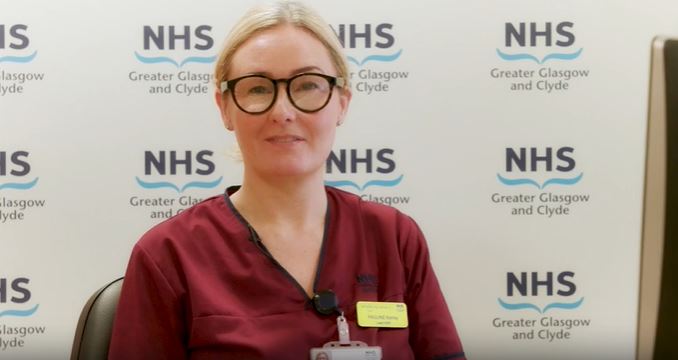
NHS Greater Glasgow and Clyde’s virtual A&E service announces its outstanding achievements from 2023/24.
After conducting its annual service review, the virtual A&E service has surpassed its discharge target, achieving an impressive rate of 44.3%, exceeding the initial goal of 40%.
The virtual A&E service continues to provide expert care from the comfort of a patient’s home, with the number of yearly consultations outperforming expectations.
A total of 21,905 of patients were treated through the virtual A&E service in the last year with 9,712 discharged by the service, 8,726 referred to another service or minor injury unity and only 3,469 having to physically attend at an emergency department.
The dedication and commitment to patient-centric care from the virtual A&E team, highlights new ways of delivering emergency healthcare, marking a significant milestone in the NHSGGC’s healthcare landscape.
The Flow Navigation Centre (Virtual A&E) is designed to provide quick, direct access to emergency care either through a telephone or video consultation. This allows patients to receive treatment from their own home, without having to visit a busy A&E department.
Lead Advanced Nurse Practitioner, Edward Pool, shared his appreciation for the staff and delivery of the service that acts as the front door of emergency care. He said: “It is great that we can see the benefits of the virtual A&E service for our patients and that we have exceeded our yearly discharge target.
“Our multidisciplinary team approach helps us to ensure the delivery of effective and personalised patient care without individuals having to attend a physical A&E department.
“Although a relatively new model of care, the figures indicate that this approach is working and that it will form a key part of the future of healthcare within NHS Greater Glasgow and Clyde.”
The virtual A&E service not only reduces the time patients spend in physical hospital sites, but also eases pressures on services across the health board.
“Acting as a triage process for patients before they attend A&E, allows us to direct them to the most appropriate care for their needs and ultimately help ease pressures on our front door services,” said Edward.
“By reducing unnecessary hospital admissions, emergency departments can focus on delivering care to those in the most serious condition.
“I would like to say a huge thanks to all the staff involved in the virtual A&E service for continuing to deliver a high standard of patient centre care while maintaining an exceptional high standard of service delivery.”
